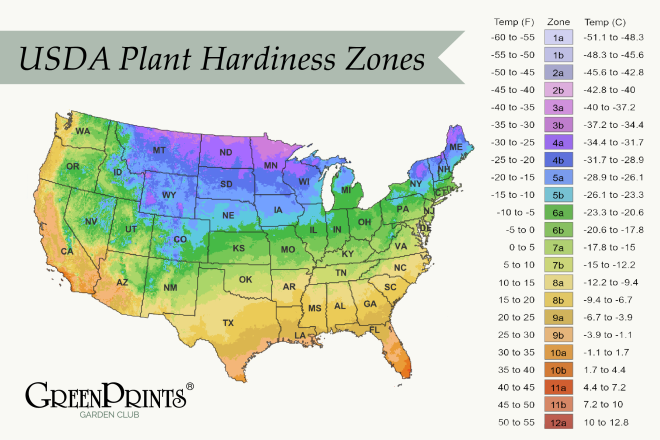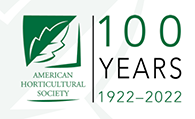The U.S. Plant Hardiness Zone Map is an indispensable tool for gardeners aiming to create a successful and thriving butterfly garden. This map, developed by the United States Department of Agriculture (USDA), categorizes the country into 13 distinct zones based on average annual minimum winter temperatures. Understanding these zones is vital for selecting plants that can withstand the specific climatic conditions of a given region, ensuring the health and vitality of a butterfly garden.
- ZONES 1-3 (Coldest Regions):
- Characteristics: Encompassing the northernmost parts of the country, these zones experience extremely cold winters.
- Recommended Plants: Cold-tolerant perennials and shrubs, such as coneflowers (Echinacea) and various milkweed species, provide essential nectar sources for butterflies.
- ZONES 4-6 (Cool to Temperate Regions):
- Characteristics: These zones cover a broad spectrum of climates, from cool to temperate, with distinct seasons.
- Recommended Plants: A mix of perennials and annuals like bee balm (Monarda), butterfly bush (Buddleja), and asters create a diverse and inviting environment for butterflies.
- ZONES 7-9 (Warm Temperate Regions):
- Characteristics: Featuring milder winters, these zones offer more extended growing seasons and support a variety of plant life.
- Recommended Plants: Lantana, coreopsis, and pentas thrive in these warmer climates, attracting butterflies with their vibrant blooms.
- ZONES 10-13 (Tropical to Subtropical Regions):
- Characteristics: Encompassing the southernmost parts of the U.S., these zones experience mild to tropical climates year-round.
- Recommended Plants: Tropical and subtropical species like passionflower (Passiflora), pentas, and specific milkweed varieties flourish, providing year-round support for butterflies.
By aligning your butterfly garden plans with the USDA Plant Hardiness Zone, you can create a vibrant, ecologically supportive space that attracts and sustains butterflies throughout the seasons.



 Previous
Previous

